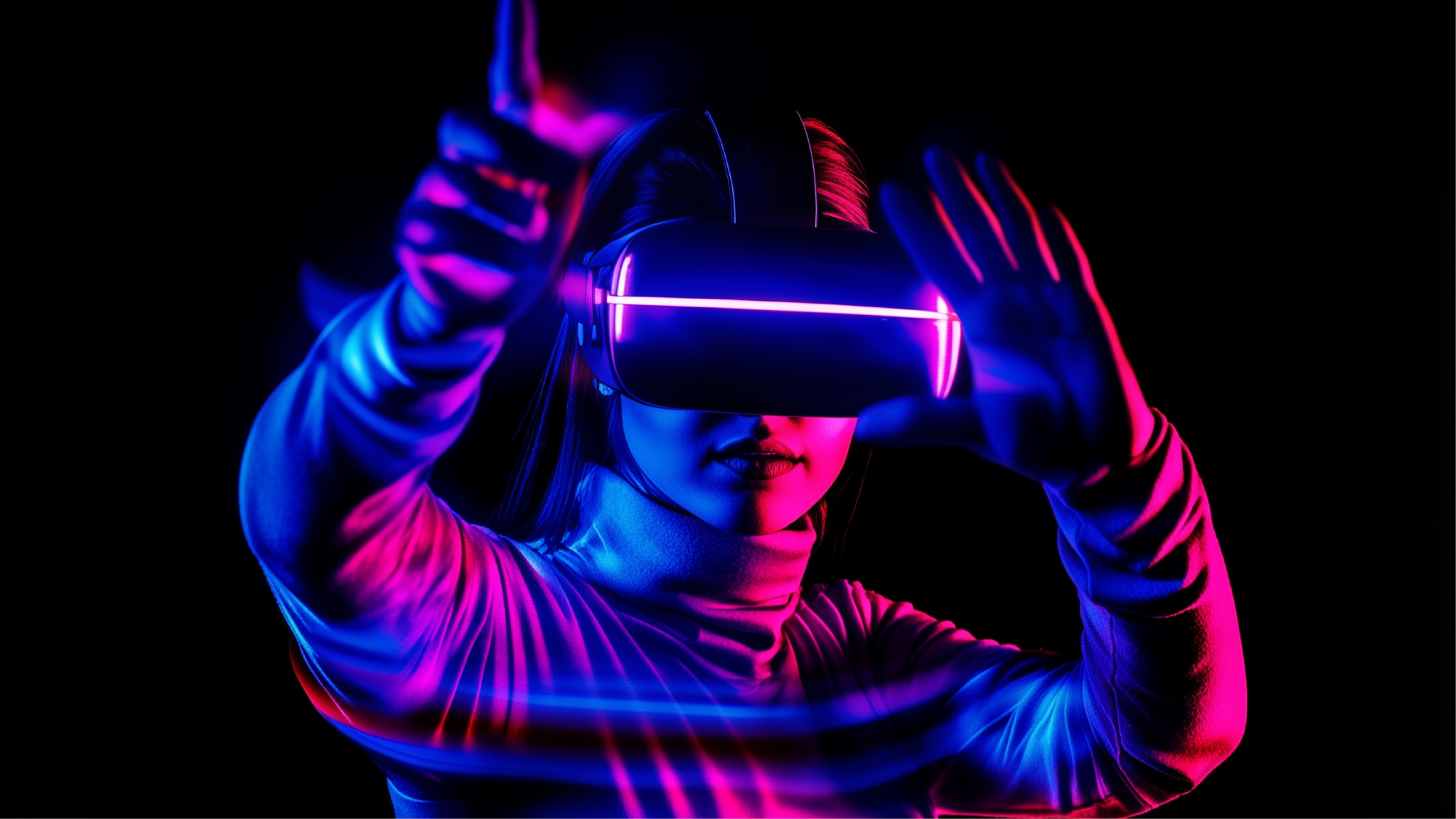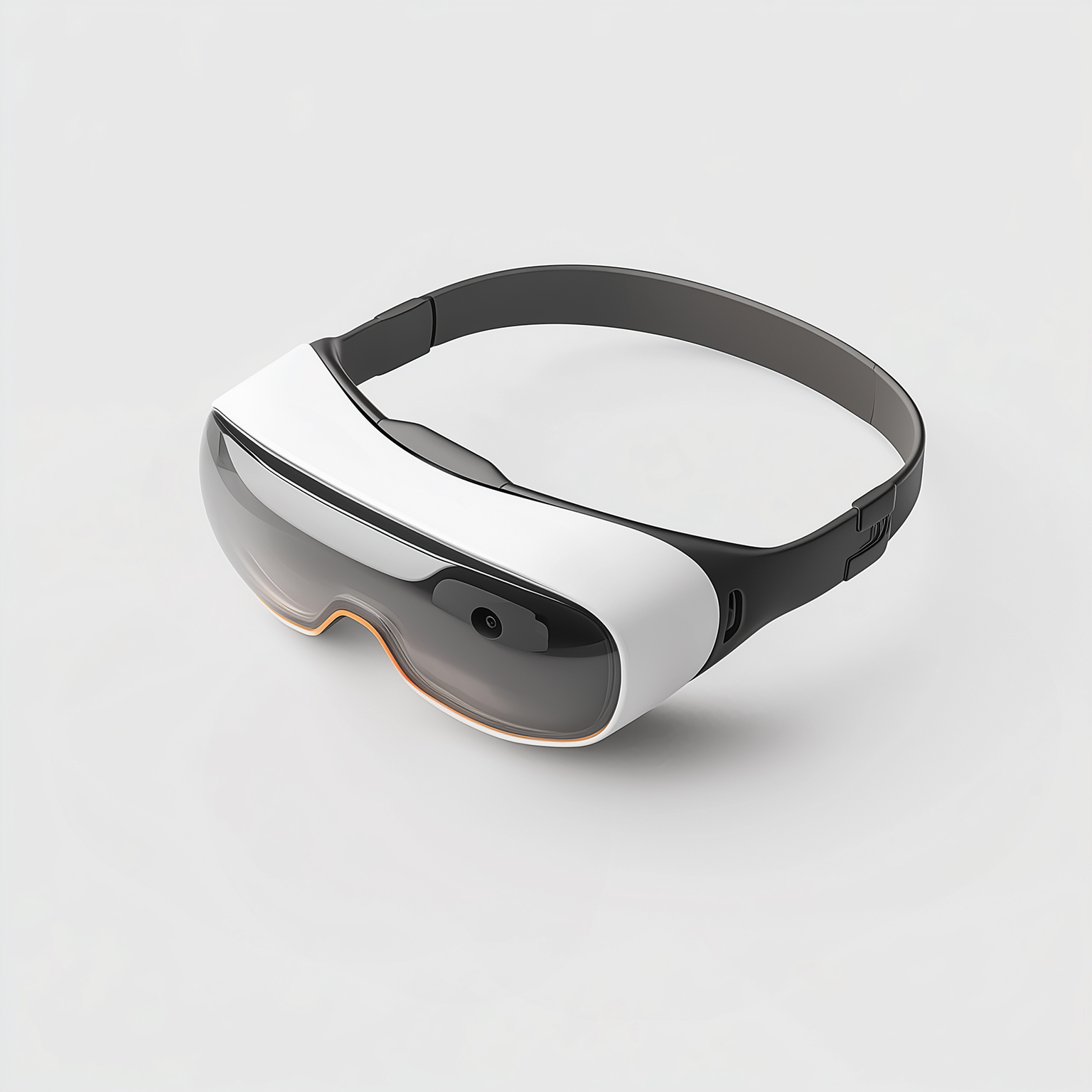How silicon anodes can help solve VR’s big battery challenges.

The virtual reality (VR) market has experienced rapid growth with a compound annual growth rate (CAGR) of 27.5% into the next decade. From gaming and entertainment to education and healthcare, VR is transforming from a niche technology into a mainstream experience and valuable tool for a variety of industries.
However, while VR and the advanced technologies that support it have evolved, battery life and power consumption remain a critical constraint for device manufacturers who aim to strike a balance between device performance and consumer comfort.
For a headset device that requires a high-energy, light-weight solution, traditional batteries will continue to fall short. Silicon anode battery technology, like our Titan SiliconTM anode, replaces graphite within the battery to deliver a 20-25% energy density boost over the industry’s best performing cells, offering the opportunities for better performance, design, and comfort.
Here are 5 ways our silicon anode battery technology, Titan Silicon, can overcome key challenges plaguing VR devices.

1. Longer runtime
Wireless VR headsets today can last between 2 - 2.5 hours on a single charge, limiting the overall immersive experience for users, especially for activities like gaming or virtual meetings that demand prolonged use. An external battery pack is often used as a workaround for extending runtime, but these packs can also be heavy and decrease user comfort.
Silicon anodes, like Titan Silicon, increase the amount of energy stored in the same volume of battery cells, which can allow VR devices to run longer on a single charge. This increased battery capacity means users can enjoy more uninterrupted sessions of gaming, exploring, exercising, learning, or productivity tasks.
2. Lighter, more comfortable design
VR headsets, especially those with integrated displays, sensors, processors, in addition to the battery, can be bulky and heavy. Some VR headsets can weigh up to 25.5 ounces, nearly 1.5 lbs, causing face and neck discomfort for users over time.
As a high energy density material, silicon anodes can pack a lot of energy into smaller spaces, reducing the battery size required to deliver the desired performance. In fact, Titan Silicon can decrease battery weight by up to 15%.
Additionally, Titan Silicon is a drop-in solution that can be used in any cell size, shape or format, enabling headset designers to leverage unique cell form factors and placements to improve battery weight distribution across the device.
All things combined, can enable more ergonomic, comfortable VR headsets that are easier to wear for extended periods.
3. Greater power capacity for AI and advanced features
As VR technology evolves, devices are incorporating more power-hungry features such as AI, high-definition displays, spatial audio, advanced motion tracking, and eye-tracking systems, which can quickly drain a battery.
The higher energy density of silicon anodes not only allows you to store more energy within the battery, but they can also enable a more power-focused cell design. Every battery is made up of multiple layers of electrodes, anodes and cathodes, stacked on top of one another. Higher energy density materials enable thinner layers of these electrodes, which increases the power capacity. In fact, Titan Silicon can enable double the power capacity. More power allows VR headsets to handle the smooth operation of advanced features without requiring massive increases in battery size.
4. Wireless freedom
With the exception of traditional seated gaming, the ideal VR experience is a wireless one, where users are not tethered to a power source or constrained by a cable. However, many wireless VR headsets still suffer from limited battery life, requiring frequent recharging or a connection to an external power source.
High-energy density batteries can make wireless VR headsets more feasible. An additional 20-25% more energy density with Titan Silicon can enable continuous use for hours without the need for a power cord, giving users the freedom to fully immerse themselves in the experience. This is especially important for applications like fitness VR, social VR, and other forms of interactive entertainment where movement is key.
5. Fast charging speeds
Current charging speeds for VR headsets can take as long as 2.5 hours, which can be inconvenient and disruptive to the user experience.
Silicon anodes enable faster charging, and Titan Silicon specifically can cut charge times in half, while also delivering high power output. This means that users can quickly recharge their devices and get back into the virtual world without lengthy delays. Also, faster charging, combined with longer battery life, makes for a more seamless and enjoyable experience.
Conclusion:
VR technology has started to revolutionize how we interact with digital worlds, and there are still challenges to overcome, particularly around battery life, weight, and efficiency.
Silicon anodes like Titan Silicon offer a drop-in solution that can improve battery life, reduce device weight, and support the advanced features needed to help VR technology evolve into an even more immersive, convenient, and user-friendly experience. If we expect the next generation of VR devices to continue to offer power-packed innovations, the industry will need next-generation batteries, like those powered by silicon anodes, to make it happen.